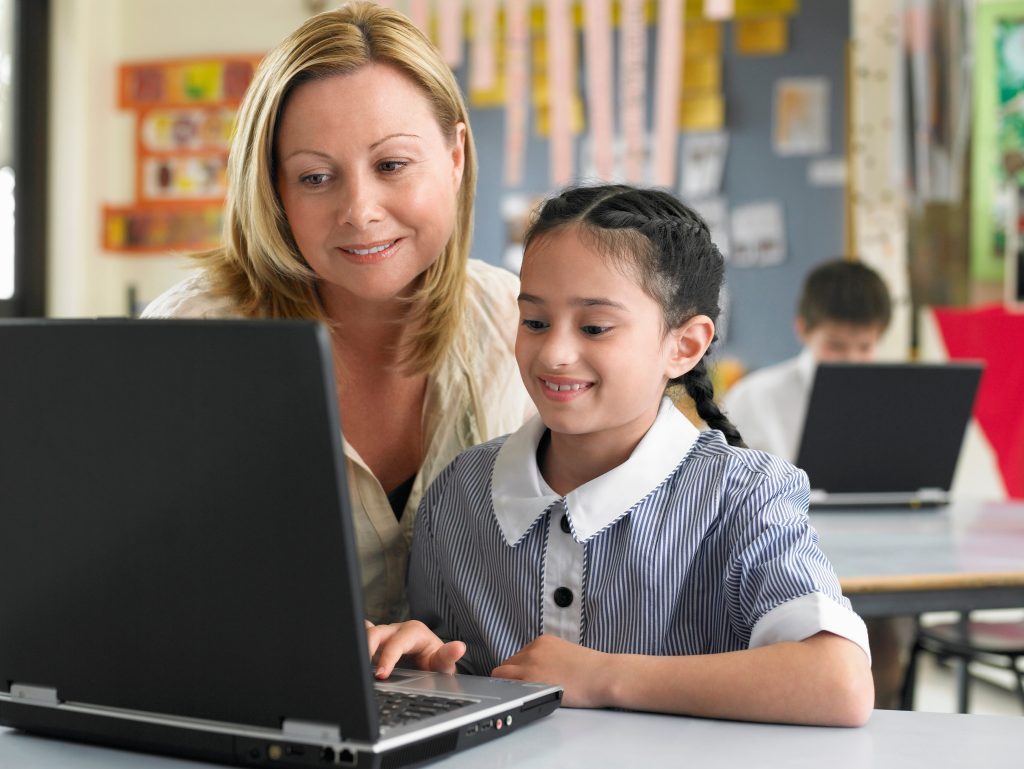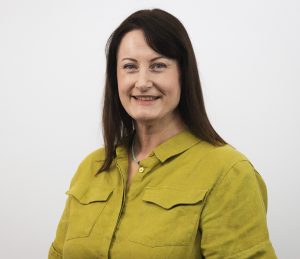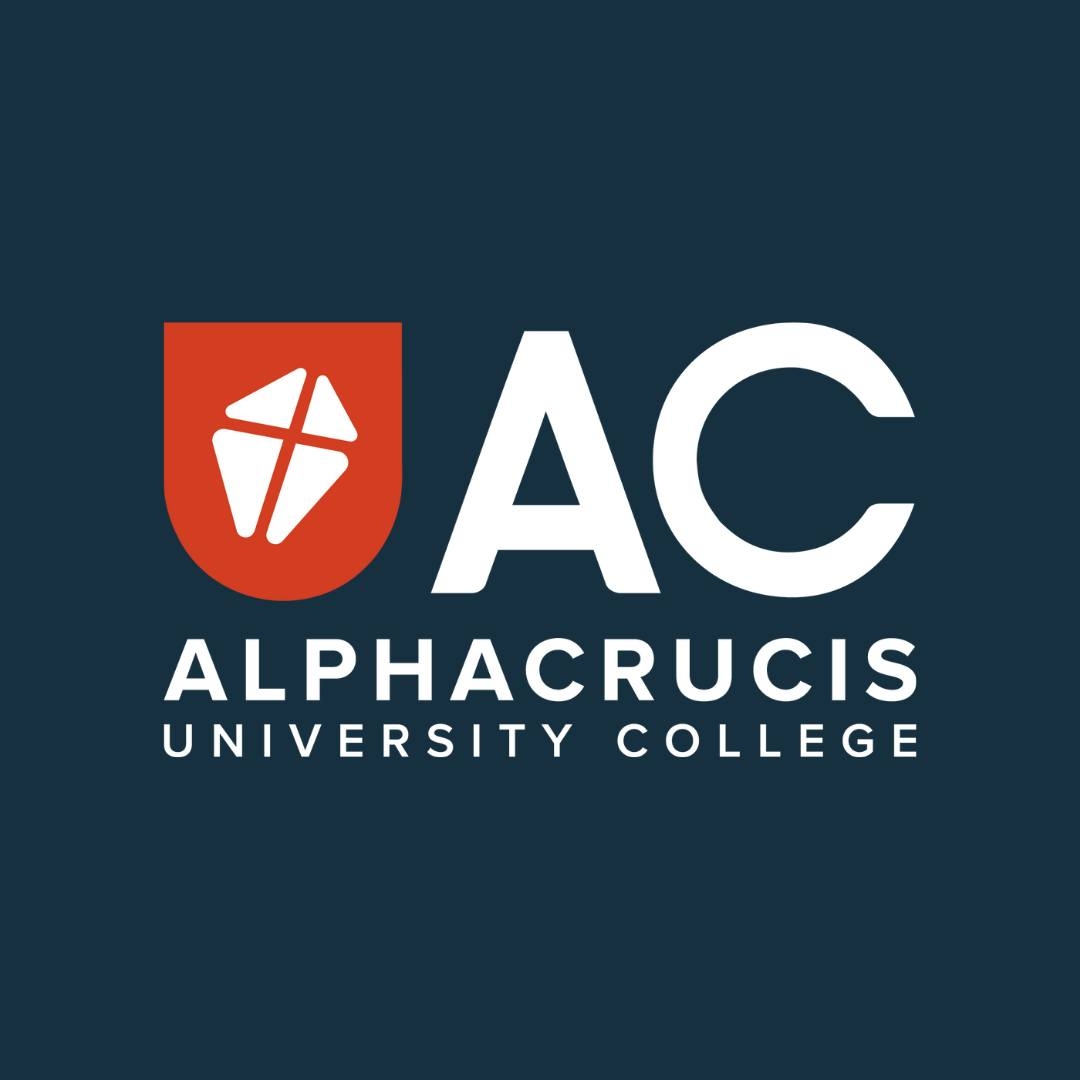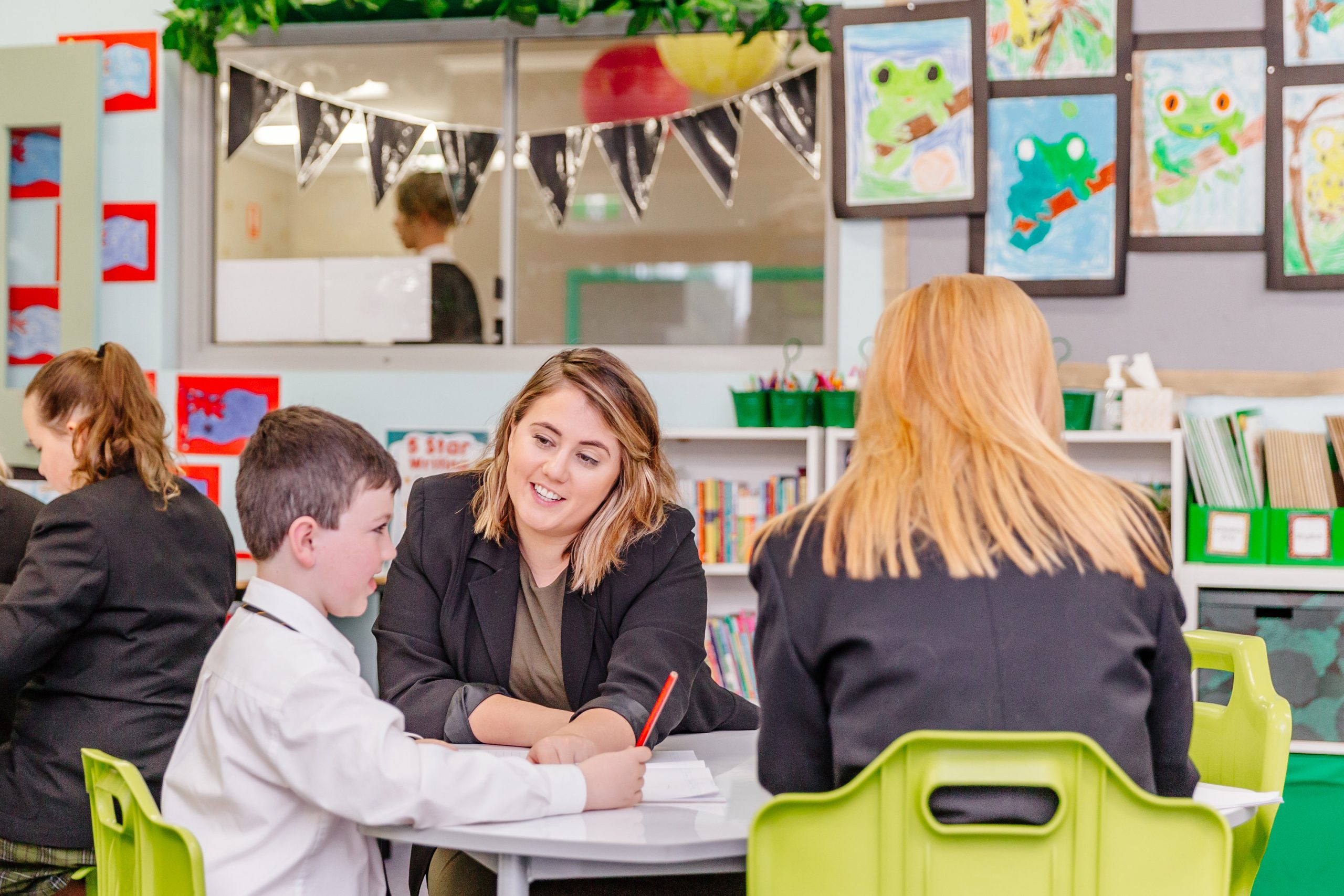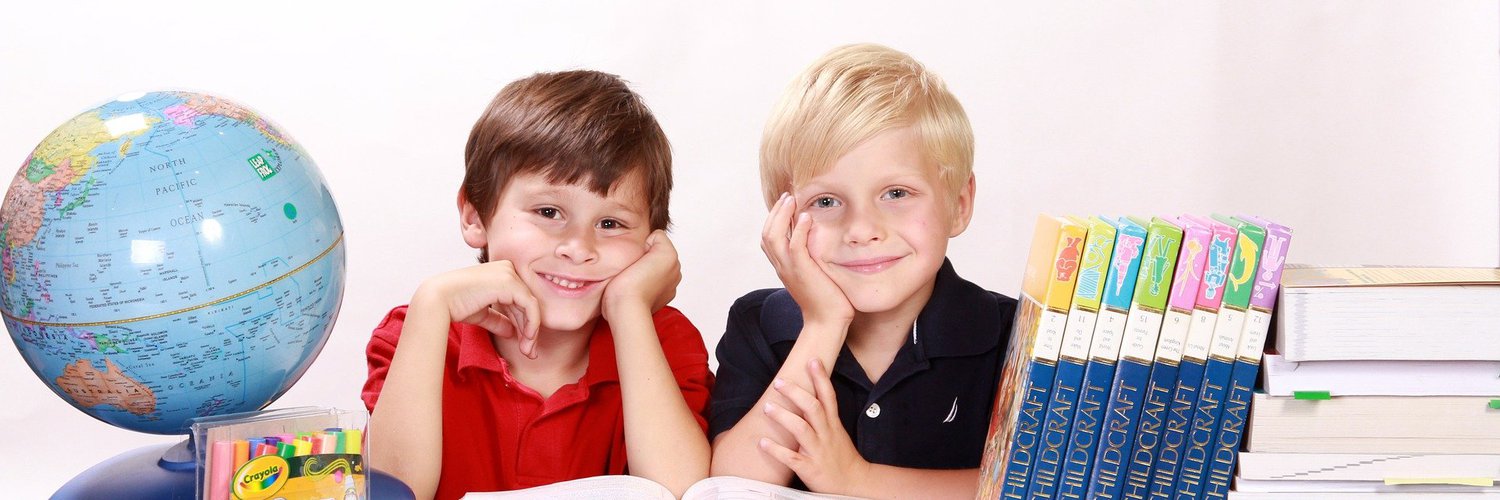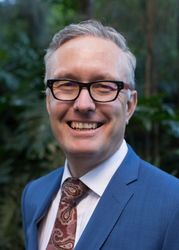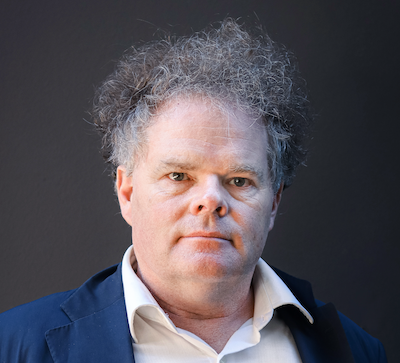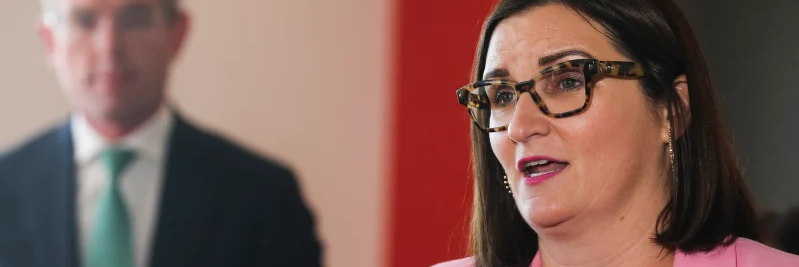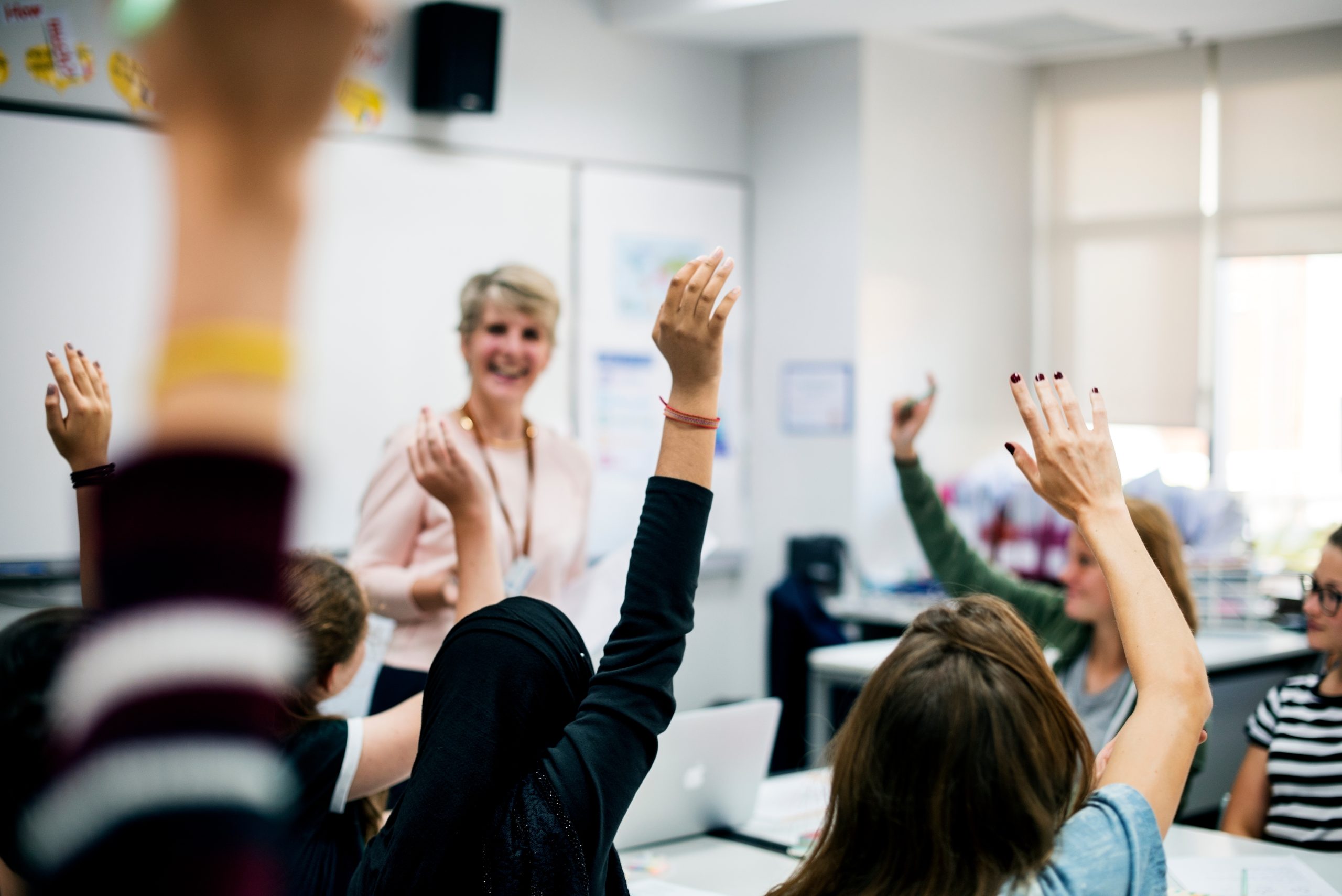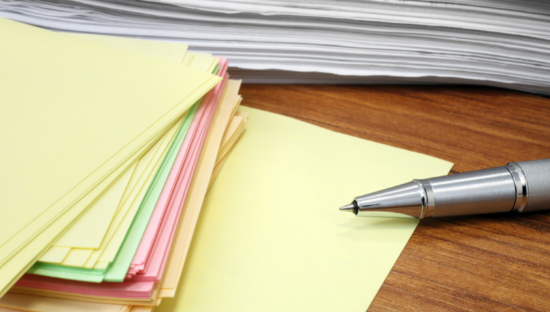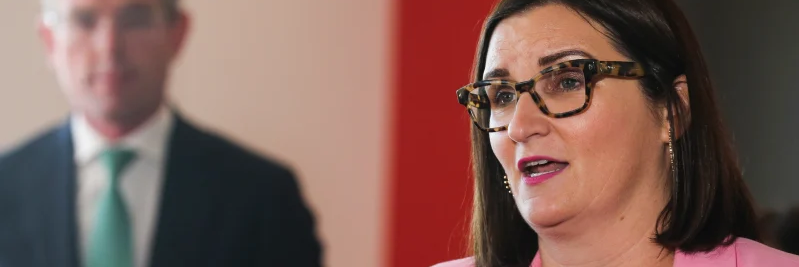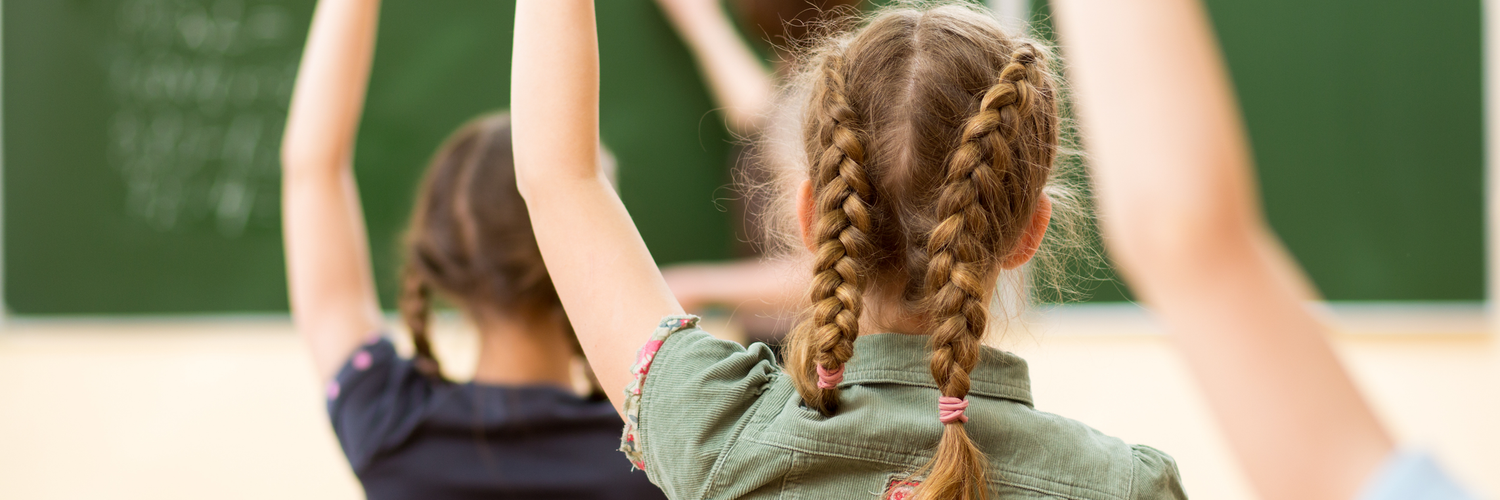What does it mean to belong?
Not just to be present — to physically share space — but to feel truly seen, known, and welcomed? This question has followed me throughout my years in early childhood education. It echoes in our classrooms, in our policies, in the daily rituals of care and learning. And I believe it’s a question that matters far beyond the walls of any one service or setting. Because belonging isn’t just a nice-to-have — it’s the ground from which all meaningful learning grows.
In this article, I want to share why inclusion in early childhood education is more than a policy requirement or a classroom strategy. It’s a way of seeing children. It’s about the environments we create, the values we embody, and the deep significance of our role as educators. And, crucially, it’s about how we hold space for every child — with their abilities, cultures, identities, and unique ways of being — to flourish.
The Evolving Story of Inclusion
We haven’t always thought this way. The journey toward inclusion in education has travelled through some sobering stages: from exclusion, to separation, to integration, and now — at least in principle — to full inclusion.
But inclusion today must mean more than simply allowing diverse learners into our spaces. It’s about changing those spaces to recognise and value difference. It’s about educators making thoughtful, informed decisions — in partnership with families and communities — so that all children can access, participate, and succeed. And it’s about equity, not sameness.
As researchers Ashman and Elkins (2009) noted, true inclusion “embraces diversity and promotes opportunities for all children to participate and be successful in their learning.” That’s not only a professional goal. It’s a human one.
Framing Inclusion in Law, Rights, and Frameworks
Australia’s National Quality Framework ([NQF], ACECQA, 2025) provides the backbone for how we approach inclusive practice in early learning. It weaves together national law, regulations, approved learning frameworks, and quality standards — all underpinned by the United Nations Convention on the Rights of the Child (1989). Article 23 of that convention speaks powerfully to our task: that children with disabilities should receive the support they need to live full, independent lives.
But inclusion is broader than disability. It reaches across cultural and linguistic backgrounds, family compositions, gender identities, trauma experiences, and more. The updated Early Years Learning Framework (2022) puts this plainly: inclusion requires us to take into account each child’s social, cultural, and linguistic diversity, their strengths, and their context — in every decision we make.
That’s a challenge, yes – but also an invitation.
Intentional Practice, Strategic Planning
So how do we make this real in our day-to-day work?
One powerful tool is the Strategic Inclusion Plan (SIP) — a living document co-created with inclusion professionals that maps a service’s capacity, needs, barriers, and strategies for inclusive practice. It asks us to look honestly at our environment and ask: who are we including well? Who might be missing out? What assumptions are shaping our practice?
Educators often speak of their involvement in a SIP as a highlight of their career. Not because it was easy, but because it deepened their understanding, sharpened their practice, and fostered true collaboration. I’ve seen firsthand how a SIP can align beautifully with a service’s broader quality improvement plans and lead to tangible, lasting change.
Then there are individual inclusion plans — tailored to support specific children — often involving speech pathologists, occupational therapists, psychologists, and, of course, families. The best plans are strengths-based and child-centred, asking: what does this child love? What helps them feel safe? What barriers can we dismantle, together?
Inclusion doesn’t mean doing everything at once. But it does mean choosing, again and again, to see the child in front of you — and making space for them to thrive.
Safe, Supportive, and Respectful Environments
If inclusion is the foundation, then the walls and roof are made of relationships.
Children don’t learn from people they don’t trust. And trust is built in the everyday: in the tone of voice we use, in the way we respond to emotions, in how we honour each child’s identity. This is why safe and supportive classroom environments are not an “extra” — they are the essential container for learning and wellbeing.
The National Quality Standard (2024) points clearly to this. Quality Area 2 addresses children’s health and safety, while Area 5 focuses on relationships with children — promoting connection, collaboration, and self-regulation.
Sometimes this work is as simple as a “social story” that helps explain rules or routines. Other times, it’s about classroom contracts that shift responsibility for behaviour from the teacher to the group as a whole. But always, it’s about creating a space where children feel emotionally secure, culturally respected, and meaningfully included.
The Power of the Educator
Let me say this plainly: educators matter.
Our presence, our preparation, our pedagogy — all of it shapes how children see themselves and their world. That’s not just a technical responsibility. It’s a moral one.
The final story I shared with students in this session — a heartfelt reflection from a psychologist-turned-teacher and adoptive father — captured this beautifully. In one powerful moment, he looked his daughter in the eyes and said, “You are the most precious thing on the planet… My job is to lay my life down for you so that you will understand your value.”
That line has stayed with me.
Because when a child understands their value, they live as though their choices matter. They understand their calling. And it is our privilege as educators to reflect that value back to them — in every interaction, every plan, every barrier we dismantle.
Why It Matters
Inclusion is not simply an educational goal. It’s a reflection of the society we want to build — one where every person is welcomed, supported, and given the opportunity to contribute.
And while the frameworks, policies, and funding models are essential, inclusion begins — and continues — in the heart of the educator. It lives in our daily decisions, in our relationships, in how we listen, adapt, and advocate.
Because when we truly include children — in all their diversity — we’re not just shaping their futures. We’re shaping our own.
Want to Go Deeper?
This conversation sits within the broader study of inclusive practice, early learning pedagogy, and professional ethics at Alphacrucis University College. If these ideas have sparked something for you — curiosity, conviction, questions — I invite you to explore further.
Not because you must, but because every child you meet will benefit from the questions you are willing to ask.
References
Ashman, A. F., & Elkins, J. (2002). Educating children with diverse abilities.
Australian Children’s Education and Care Quality Authority. (2024). Guide to the National Quality Standard. ACECQA. https://www.acecqa.gov.au/sites/default/files/2024-03/Guide-to-the-NQF-web.pdf
Australian Children’s Education and Care Quality Authority. (2025). Guide to the National Quality Framework. ACECQA. https://www.acecqa.gov.au/
Department of Education (Australian Government). (2022). Belonging, being & becoming: The Early Years Learning Framework for Australia (Version 2.0). Australian Children’s Education and Care Quality Authority. https://www.acecqa.gov.au/sites/default/files/2023-01/EYLF-2022-V2.0.pdf
Australian Children’s Education and Care Quality Authority. (2024). Guide to the National Quality Standard. ACECQA.
United Nations. (1989). Convention on the Rights of the Child. Treaty Series, 1577, 3. https://www.ohchr.org/en/instruments-mechanisms/instruments/convention-rights-child

